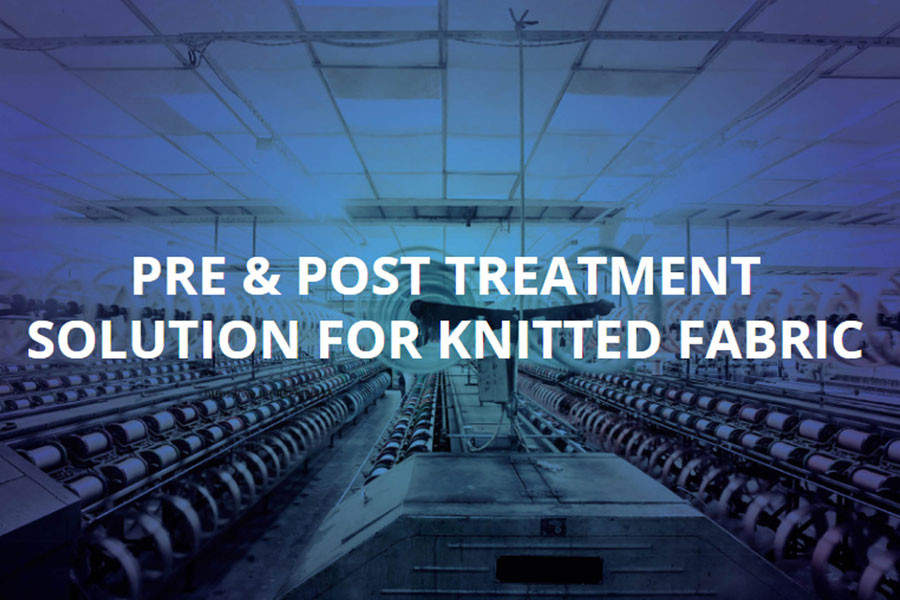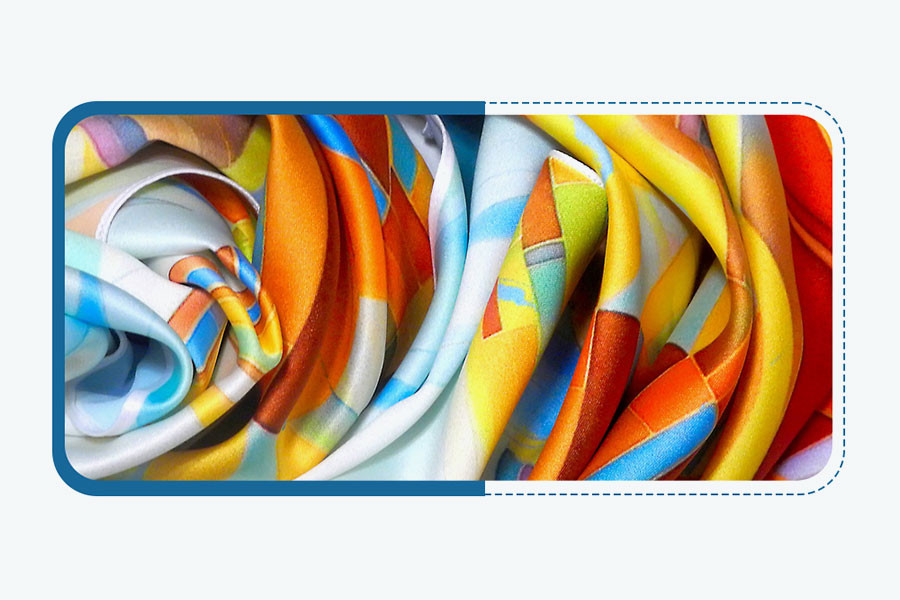
Digital Inkjet Printers for Fabrics
– Let us understand the basics!
Textile printing using digital inkjet printers is a multi-step process, as compared to printing on materials like paper or vinyl. Fabric undergoes various processing steps before a high-quality print is produced on fabrics using a digital inkjet printer. By understanding the basics of inkjet fabric printing like the process, equipment, science behind it, it can yield amazing print results and can be a profitable business.
Types of Fiber and the Chemistry Involved
The fundamental of inkjet printing on fabric requires the basic understanding of the chemistry involved in the process. There isn’t a single type of ink that prints on all the fibers in a one-step process. We should understand how different fibers interact with different ink types.
Inks that are generally used for inkjet printing on fabrics:
- Pigment
- Reactive
- Acid
- Disperse

Which ink is to be used depends on the material of the fabric. It is the chemistry between fibre type and ink that has to work to produce colour on fabric that can withstand wear and tear, washings and light. Reactive dye inks work on all cellulosic fibres and silk. Pigment dye inks work on any fibre or a combination of fibres and is therefore, ideal for polyster-cotton or polyester-viscose blends. For polyester only, disperse dye inks are suitable. For nylon, Acid dye inks should be used. Acid inks also produce brilliant colours on natural silks.
Pre-treatment of RFD fabric with chemicals is a must in digital printing of the direct to fabric type. Though some pigment ink makers claim to produce good results without chemical pre-treatment. Pre-treatment makes the fabric more receptive to digital printing in terms of print quality and durability. Nowadays, pre-coated fabrics can also be purchased reducing a step in the process of fabric printing. However, for large-scale businesses, it is more feasible to have own pre-coating machine.
Equipment for Textile Printing

The type of fiber determines the choice of ink and the construction of fabric can affect the choice of printer. Knit or woven fabrics are used in most of the cases; however, sometimes non-woven fabrics are also used.
Handling knit fabrics are comparatively difficult to handle. However Colorjet printers with sticky belts, motorised spreader roller, guide rods, press roll etc. are well equipped to handle printing on knit or elastomeric yarn based stretch fabrics.
Finishing Equipment and the Process
For achieving color fastness, each dye type has to follow a certain processing protocol after it is placed on fabric using a digital printing or conventional printer. For example, for nylon fabric, the steps involved would be as below:
To receive acid ink, pretreatment of fabric with specified chemicals
Print the fabric using a compatible inkjet printer
For better ink fixation, steam the fabric using a conventional steamer
Wash the fabric to remove pre-treatment chemicals and excess ink

Process for printing with reactive and disperse inks is similar but with variations in processing parameters and sometimes, specification of equipment.
Putting the puzzle pieces together
For a hassle-free and profitable business, the first step is to identify the intended application. This will further determine the printer, ink, and the process.
Fabric selection becomes of prime importance based on the intended application. Certain applications like fashion apparel see high demand of cotton and polyester fabrics. This affects the choice of ink, process, and the type of inkjet printer for the desired fabric.

For comprehensive textile printing solutions, choose ColorJet – India’s largest manufacturer of Digital Inkjet Printers. ColorJet offers a range of state-of-the-art inkjet printing machines for textile based on your intended application, space, and budget.
Write to us at info@colorjetgroup.com or call us at +91 8178 343 337.



